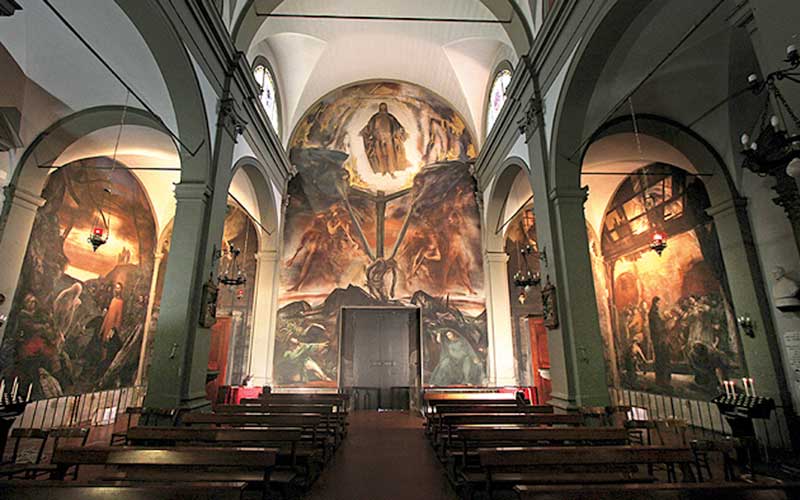Artistic Valdinievole
“But a pleasant stay in the city also depended on the artistic or recreational events that took place during the cure season. On the other hand, there were many musicians who stayed in Montecatini during the curing season, such as Gioacchino Rossini, Giuseppe Verdi, Giacomo Puccini, Ruggero Leoncavallo, Umberto Giordano, Pietro Mascagni and Arturo Toscanini’.¹
Its strategic location, modern urban image, excellent hotel facilities, and cultural liveliness have made Montecatini Terme and the Valdinievole a place of meeting and international exchange. Throughout its history, personalities from the world of the arts and humanities, European rulers, politicians and diplomats, and national and foreign elites have passed through here. In this refuge, favoured by musicians, writers and artists, many original works have been conceived, performed or exhibited to the public for the first time.
¹ C. Massi, Montecatini Terme nella candidatura seriale transnazionale The Great Spas of Europe – La Convenzione UNESCO sulla Protezione del Patrimonio Mondiale, in «Bollettino della città di San Miniato», n.86, 2019
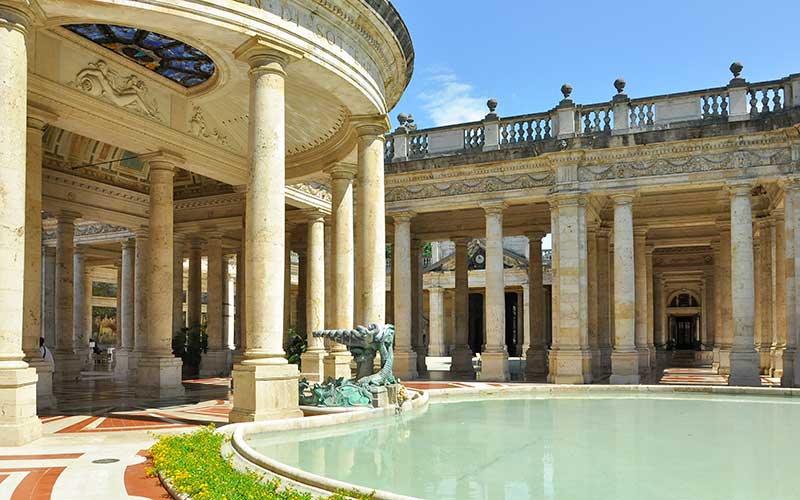
From the end of the 19th century to the first decades of the 20th century, Montecatini experienced its golden age, the Belle Époque of melodramas and operettas, of cafés chantants and casinos.
The city was chosen as the place of choice by Giuseppe Verdi, Giacomo Puccini and Ruggero Leoncavallo. In addition to the historic Terme Leopoldine, the great international hotels, the Excelsior establishments, the Terme Tamerici, and the Terme del Tettuccio spa appeared in the urban setting of the time. Some of these great eclectic architectures, with a charm at once classical and modern, still welcome visitors with the beauty of yesteryear.
One of the protagonists of this flourishing period was the Florentine artist Galileo Chini, active at the Tamerici Salt Pavilion, the establishment of the same name, the ballroom of the Grand Hotel La Pace, and the Palazzo Comunale in Montecatini Terme. His art found expression in paintings, decorations, stained glass, skylights, floors, ceramic and stoneware panels.
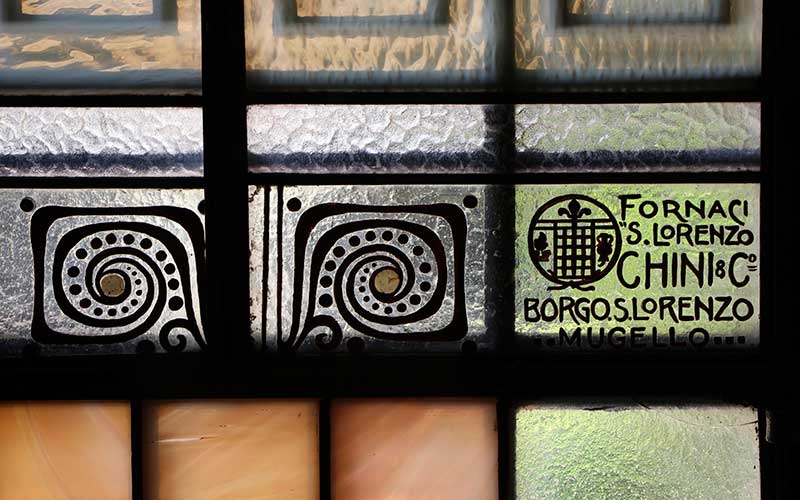
Galileo Chini (1873-1956)
Painter, graphic artist, ceramist, founder in Florence of one of the most important artistic manufactures of the time, he decorated the salons of the Venice Biennale from 1904 to 1913, oversaw the staging of Sam Benelli’s operas, and designed sets and sketches for Giacomo Puccini. His fame took him as far as Bangkok in 1910 to decorate the sovereign’s throne room. Still today, many of his works can be seen in Montecatini and other nearby cities.
The atmosphere of the Belle Époque can be felt at the Terme del Tettuccio, an architectural marvel conceived in 1916 by Ugo Giovannozzi, who wanted to evoke the charm of the ancient Roman baths through colonnades, courtyards, grandstands, richly decorated fountains, including the gallery of the refreshment stalls with the seven allegorical panels painted by Basilio Cascella, the music tribune with the dome painted by Ezio Giovannozzi, the Post and Telegraph Hall, and the historic café.
This solemn atmosphere can also be found at the Excelsior Spa, with its two side exedras enclosed by artistic stained-glass windows, interspersed with Corinthian columns, at the Tamerici Spa, a typical expression of the eclecticism of the time, combining Tuscan Renaissance, Venetian Moorish, neo-medieval, and finally in the façade of the Kursaal, created in 1907 as a ‘temple of Opera, Operetta and Worldliness’ and later becoming a casino, cinema-theatre, exhibition space and grand ballroom.
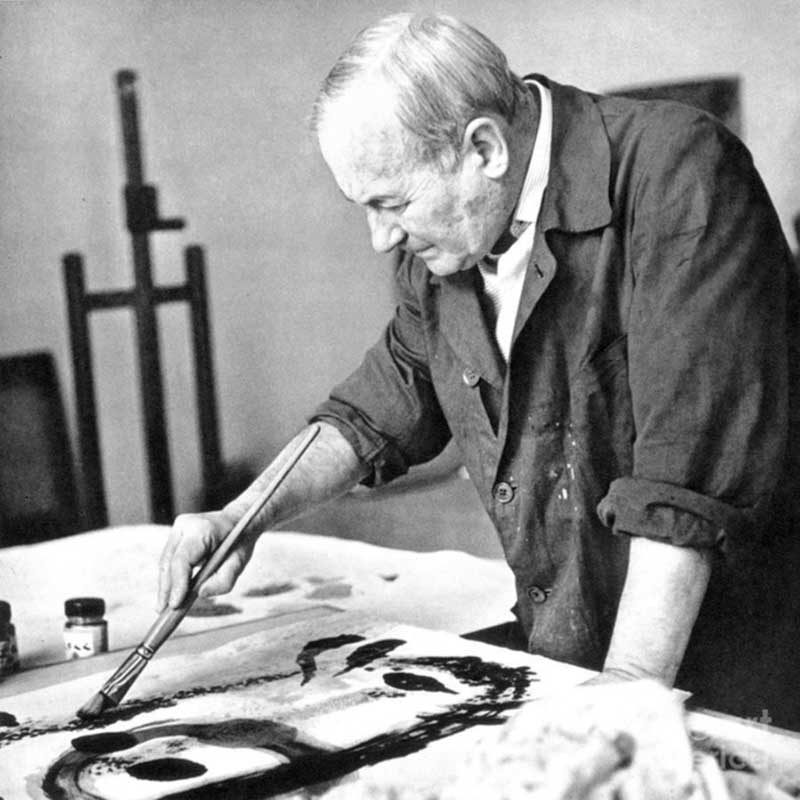
The Palazzo Comunale of Montecatini Terme hosts Mo.C.A – Montecatini Terme Contemporary Art, a civic gallery dedicated to modern and contemporary art. Located in the spaces once occupied by the postal service and decorated by Galileo Chini, it has in its collection works by masters of 20th century art, including Orfeo Tamburi, Sergio Scatizzi, Salvatore Fiume, Pietro Annigoni and Joan Mirò. The Spanish master is present with the large canvas entitled Woman Wrapped in a Bird’s Flight, exhibited for the first time in Montecatini Terme on the occasion of the great 1980 event dedicated to him, Mayo Miró, curated by Carlos Franqui, his great friend. The master, affectionately close to Montecatini Terme, was unable to attend due to his advanced age, but his bond with the city was sealed by the gift of the imposing work, which has been part of the municipal collection ever since.
Not only Montecatini, the other towns in the Valdinievole also stand out for the quality of their artistic offerings.
In the church of San Francesco in Pescia, one can admire the panel painting of St Francis and stories from his life by Bonaventura Berlinghieri, dated 1235. The first panel painting to be executed after the Saint’s death in 1226.
Also in Pescia, at the Gipsoteca Libero Andreotti, it is possible to view around 250 pieces from the studio of the sculptor, a native of this historic town. The collection includes sketches, casts, plaster models and fragments. The collection, together with the archive, has been housed on the three floors of the Palazzo del Podestà, also known as the Palagio, since 1992. Since 2022, the Gipsoteca has had the status of a museum of regional relevance, thus becoming part of the National Museum System.
The Civic Museum Palazzo Galeotti was founded in 1894, from an intuition of Cesare Stiavelli, who had the idea of collecting in one place “the art objects ignored or forgotten in the churches and houses of the municipality”. The museum’s 20th-century history is linked to the figure of politician Leopoldo Galeotti, who bequeathed all his possessions to the Opera Pia, set up for the purpose, contributing to the progress of the city community. Since 1898, palazzo Galeotti has housed the offices of the Opera Pia, the civic museum and the municipal library. The civic museum houses around 2000 pieces from the Ansaldi collection, deposited at the National Gallery of Modern Art in Rome. It is possible to admire several gold-ground paintings from the Florentine Galleries, now the Uffizi, from the early 20th century.
The Gipsoteca Libero Andreotti and Museo Civico Galeotti form the network of Pescia’s Civic Museums and are part, together with the Paper Museum, of the Sistema Museale Pistoiese.
The Pescia Paper Museum is located in Pietrabuona and is dedicated to popularising the art of handmade paper. Through an interesting itinerary that winds its way inside the 18th-century Le Carte Paper Mill, one is introduced to the secrets of this art and, thanks to the Master Papermakers of the Magnani Company, has the opportunity to make a handmade sheet of paper, starting from a pile of rags. The ancient machines for creating the precious handmade paper are preserved inside the old Le Carte paper mill, seat of the Museum.
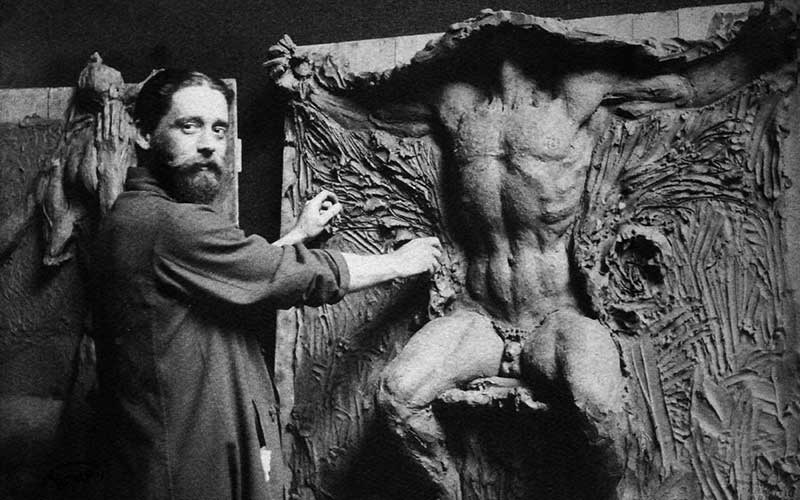
Libero Andreotti (1875-1933)
He was born in Pescia into a family of modest circumstances. He first moved to Lucca, then worked as an illustrator in Palermo and later as a sculptor in Milan and Paris. Supported by the art dealer Vittore Grubicy de Dragon, in Milan he devoted himself to small-scale sculpture, while in Paris, thanks to his friendship with the couturier and patron Jean-Philippe Worth, he came into contact with the French art world. He lived in Florence after the Great War where he taught sculpture for the rest of his life at the Art Institute of Porta Romana.
Collodi, the birthplace of Carlo Lorenzini, is home to Tuscany’s first ‘artist’s garden’, created in 1956. In a natural setting, works by great masters such as Venturino Venturi, Emilio Greco, Pietro Consagra, designer Marco Zanuso and landscape architect Pietro Porcinai are still on display. The common thread is the world of Pinocchio.
Monsummano Terme is home to the Museo di Arte Contemporanea e del Novecento – Mac,n, which houses a rich collection created thanks to donations from artists and collectors, with works by Vinicio Berti, Ferdinando Chevrier, Marcello Guasti, Quinto Martini, Jorio Vivarelli, and Pietro Annigoni.
Works by Annigoni can be found in Ponte Buggianese at the Pieve di San Michele Arcangelo. Here one can admire an impressive cycle of frescoes, painted between 1967 and 1984, that surprises the spectator with its visual power.
